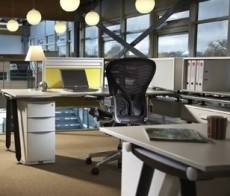June 24, 2014
Five things we have learned about flexible working ahead of the new right to ask regs
 You can’t help but notice that surveys about flexible working have been pretty thick on the ground over the last few weeks and months. The reason is that – as well as the usual ongoing fascination with the subject – the UK Government is extending the right to request regulations at the end of this month, allowing all staff to ask their employers for flexible working after six months in a job. As well as the numerous studies that firms have commissioned to explore the issue, there has been even more commentary and guidance, often from law firms. While we should always view each of these in context, adding however much salt we deem necessary to season their findings, what is always interesting when you have a media pile-in like this is to sift through it all to look for patterns, common themes and contrasts. Here are just five:
You can’t help but notice that surveys about flexible working have been pretty thick on the ground over the last few weeks and months. The reason is that – as well as the usual ongoing fascination with the subject – the UK Government is extending the right to request regulations at the end of this month, allowing all staff to ask their employers for flexible working after six months in a job. As well as the numerous studies that firms have commissioned to explore the issue, there has been even more commentary and guidance, often from law firms. While we should always view each of these in context, adding however much salt we deem necessary to season their findings, what is always interesting when you have a media pile-in like this is to sift through it all to look for patterns, common themes and contrasts. Here are just five:



































June 26, 2014
The debate about open plan offices is not helped by its use of stereotypes
by Mark Eltringham • Comment, Furniture, Workplace, Workplace design
More →